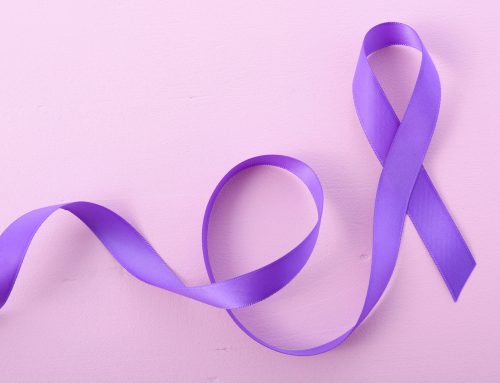Trigeminal Neuralgia (TN), also called tic douloureux, is a chronic pain condition that affects the trigeminal nerve. The trigeminal nerve is one of 12 pairs of nerves that are attached to the brain. The nerve has three branches that conduct sensations from the upper, middle, and lower portions of the face, as well as the mouth, to the brain.
Causes:
- Pressure: blood vessel(s) pressing on the trigeminal nerve as it exits the brain stem.
- Multiple sclerosis
- Nerve compression from a tumor
- Malformation of blood vessels
- Injury (sinus surgery, oral surgery, stroke, or facial trauma)
Trigger:
- Vibration or contact with the cheek (such as when shaving, washing the face, or applying makeup)
- Brushing teeth
- Eating
- Drinking
- Talking
- Even exposure to the wind
Symptoms:
Depends upon the form of TN:
- typical or classic form (TN1): causes extreme, sporadic, sudden burning or shock-like facial pain that lasts anywhere from a few seconds to as long as two minutes per episode.
- atypical form (TN2): constant aching, burning, stabbing pain of somewhat lower intensity.
More than one nerve branch can be affected by the disorder. Rarely, both sides of the face may be affected at different times in a person.
- Attacks stop for a period of time and then return
- The condition can be progressive
- Attacks can worsen over time
Treatment:
Medications
- Anticonvulsant medicines (antiseizure drugs)
- Tricyclic antidepressants
- Common analgesics and opioids
Since TN is a progressive disorder that often becomes resistant to medication over time, individuals often seek surgical treatment.
Surgery
- A rhizotomy (rhizolysis) is a procedure in which nerve fibers are damaged to block pain.
- Balloon compression works by injuring the insulation on nerves that are involved with the sensation of light touch on the face.
- Glycerol injection is also generally an outpatient procedure in which the individual is sedated with intravenous medication. The glycerol injection bathes the ganglion and damages the insulation of trigeminal nerve fibers.
- Radiofrequency thermal lesioning
- Stereotactic radiosurgery (Gamma Knife, Cyber Knife)
- Microvascular decompression (MVD)
- Neurectomy (partial nerve section)
—
Like what you see? Sign up to join Human Health Project, a community-based, not-for-profit website focused on using peer to peer health support for a healthier you.
—






Leave A Comment
You must be logged in to post a comment.